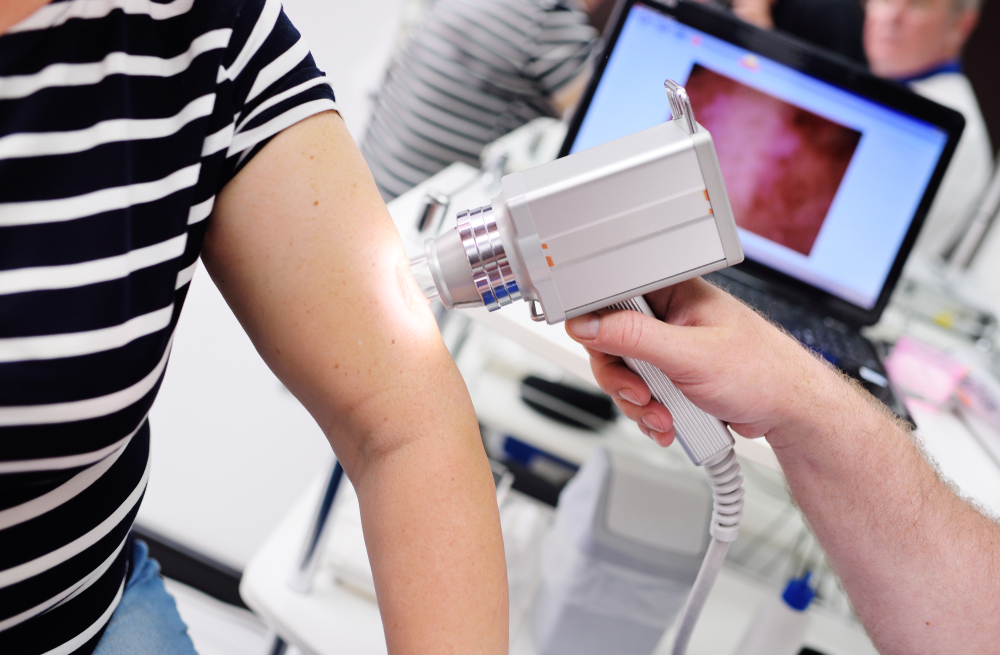The premise of carbon capture technologies is simple: remove the greenhouse gas from the air and store it somewhere safe or turn it into something useful. So far, though, developing such technologies at scale has proved rather tricky. One of the main challenges has been finding the right material that can bind to carbon atoms released into the atmosphere.
But scientists at Clarkson University claim that they have recently discovered a promising — though unsavory — candidate that can do the job well: waste milk. The unpleasant-sounding research, which was published in the journal Advanced Sustainable Systems, has the potential to not only help us control carbon emissions but also prevent food waste that often contributes to them.
An estimated 50 million gallons of perfectly-good surplus milk goes to waste every year. Instead of pouring it down the drain, the Clarkson researchers found milk to be a good source of activated carbons — the porous material that sticks to carbon. And since so much of it is wasted, milk is both cheaper than other sources explored as well as more environmentally friendly.
“Powdered milk can be converted into advanced activated carbons with the right porosity and surface chemistry to adsorb the CO2,” said study coauthor Mario Wriedt, “allowing much better control than with the current materials used for this process, like coconut shells or coal.”
Using waste milk to help advance carbon capture technologies seems like the perfect opportunity for dairy farms to reduce their infamous footprints of greenhouse gases. At the same time, it could also help increase farmers’ incomes as they would be able to sell more of their products.












